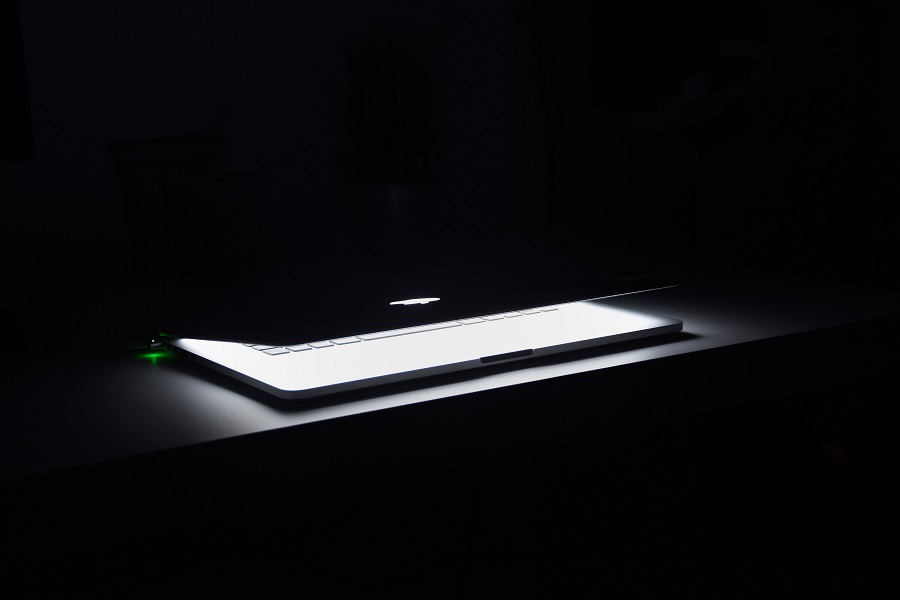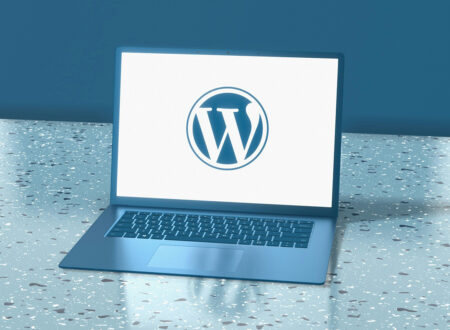In the realm of web design, one often overlooked yet incredibly powerful tool is white space. It’s not about filling every inch of the screen with content; it’s about strategically leaving breathing room to enhance the overall user experience. Understanding and leveraging this principle can elevate a website’s layout from cluttered and overwhelming to clean and visually appealing. This blog post will delve into the concept of using white space effectively in web design and explore how to best leverage it. Get ready to unlock the true potential of your pages and captivate your audience by utilizing this powerful tool effectively.
Understanding The Term and Principle
In web design, white space refers to the empty or blank areas on a webpage that is intentionally left unoccupied by text, images, or other elements. It is not merely the absence of content but a deliberate choice with a purpose – much like choosing colors and fonts.
The purpose of this choice is to enhance the overall user experience by improving readability, visual organization, and aesthetic appeal. By strategically incorporating unoccupied areas, designers create a sense of balance and clarity, allowing the content to breathe and stand out. This helps to guide the viewer’s focus, establish a clear hierarchy, and reduce cognitive load by preventing a cluttered and overwhelming layout.
When it comes to using it effectively, simplicity is key. By purposefully incorporating ample breathing room around elements and within paragraphs, designers can guide the viewer’s attention, improve readability, and create a sense of hierarchy. This approach helps to declutter the page, allowing its substance to shine and making it easier for readers to navigate and digest information.
Differentiating between micro and macro
That said, two distinct types of it exist, micro and macro.
The micro type refers to the small, intentional gaps within elements such as margins, padding, and line spacing. It allows for better legibility, readability, and separation of content.
On the other hand, the macro type refers to the larger gaps between different sections or elements on a webpage. It helps to create visual separation, guide the reader’s eye, and establish a clear layout structure.
How much a designer will focus on each will depend, but MoversTech CRM suggests never overlooking either. Achieving a balance between these two types is crucial for a harmonious end result that combines visual appeal and content organization.
Techniques for Using White Space Effectively
With the above in mind, let us now delve into specific techniques and principles you may consider to inform your choices.
Headlines and Text Formatting
One way to harness its power is by utilizing it effectively through headlines and text formatting.
Firstly, leaving ample room around headlines helps draw attention and create visual impact. By allowing sufficient room around headings, designers can make them stand out and capture the user’s attention, guiding them through the content.
Secondly, adequate spacing between paragraphs and lines improves readability and legibility. By giving paragraphs enough breathing room and spacing lines appropriately, designers make the content more digestible and easy to scan. By effectively incorporating it through headlines and text formatting, they can enhance the overall user experience and ensure the page is easily accessible and visually appealing. Visitors can navigate through the text effortlessly, leading to a more enjoyable reading experience.
Margins and Padding
Another essential aspect of using white space effectively in web design is the strategic use of margins and padding.
Firstly, utilizing proper margins helps separate content and create a sense of organization. By providing sufficient room between different sections or elements, designers can prevent a cluttered appearance and allow each component to stand out.
Secondly, applying padding within elements allows for breathing room and improves the overall user experience. Designers create a more visually pleasing and balanced layout by adding gaps between the content and the edges of an element, such as images, buttons, or text boxes. Padding contributes to a cleaner, and the more spacious end result, the way eCommerce trends dictate, enhancing readability and engagement.
By leveraging the power of margins and padding, they can optimize for user experience, creating a harmonious and visually appealing end result.
Minimalistic Design and Simplicity
Another effective approach to leveraging it lies in embracing minimalist layouts and simplicity. Minimalistic approaches prioritize clean and uncluttered aesthetics, making them a central element. By adopting minimalist layouts, designers can create a sense of spaciousness and focus on the essential elements of a website. This allows copy and visuals to shine, improving overall readability and visual appeal.
Furthermore, simplifying navigation and reducing clutter contribute to an enhanced user experience. By eliminating unnecessary elements, designers create a streamlined interface that is easy to navigate and understand. Viewers become able to focus on the core content without distractions, leading to increased engagement and a positive impression.
Embracing minimalistic principles and simplicity is key to using this principle effectively, resulting in visually impactful and user-friendly websites. When it takes about 50 milliseconds for visitors to decide whether they like a website or not, this is a crucial perk to secure.
Whitespace as Visual Separators
In addition, the absence of elements may be effectively employed as a visual separator, aiding in the division of sections and content. By strategically incorporating it between different sections, designers can create a clear hierarchy, making it easier for users to navigate the website. These distinct divisions help readers comprehend the information presented and improve overall readability.
Additionally, incorporating line breaks and spacing further enhances clarity. By utilizing unoccupied gaps between paragraphs and lines of text, designers provide breathing room, improving legibility and preventing visual overload. By using vacant areas as a visual separator, they can achieve a balanced and visually appealing web design that promotes better comprehension and a more engaging user experience.
Line breaks and spacing contribute to a cleaner and more organized layout, allowing visitors to consume information more effectively. Thankfully, the WordPress CMS focuses keenly on providing such options.
Utilizing Negative Space Creatively
Finally, one innovative way to maximize the impact of white space is by utilizing negative space creatively.
Instead of considering it an empty or unused area, designers may treat it as an integral part of the overall direction. In doing so, they can create visually striking compositions that engage the viewer.
Doing so shapes unique and creative forms, adding visual interest and making the page memorable. This approach allows them to achieve a harmonious balance between elements and their absence, resulting in a visually pleasing and impactful end result.
By thinking creatively and utilizing this principle effectively, they can transform their perception from mere emptiness to a powerful and purposeful design element.
Best Practices for Using White Space Effectively
Lastly, to ensure the successful implementation of these principles, you may consider the following best practices:
- Mobile Responsiveness: Adapting for mobile and responsive designs is crucial. As mobile traffic now exceeds desktop traffic, it is essential to leverage it to ensure an optimal user experience across all screen sizes.
- Consistency in Spacing: Maintaining consistent spacing throughout the website contributes to a cohesive design. Consistency in margins, padding, and line spacing introduces harmony and helps readers navigate the page smoothly. Aligning the spacing with the website’s grid system ensures a structured and balanced layout.
- Balancing Vacancy with Substance: Striking the right balance between white space and informative content is key. While it enhances readability and appeal, it is important to ensure that the page’s copy remains the focal point. Maximizing the impact of both design and information requires thoughtful consideration of the amount and placement of vacant page areas.
While each of these practices is valuable in itself, their sum is particularly substantive. Mobile responsiveness ensures a consistent experience across devices, consistency in spacing promotes a cohesive end result, and balancing vacancy with substance creates a harmonious blend of aesthetics and information. In combination, these practices significantly benefit the user experience.
Conclusion
In summary, using white space effectively is a powerful tool that should not be overlooked. It is a valuable factor that brings numerous benefits to the user experience. By strategically incorporating it, designers may improve readability, enhance visual hierarchy, increase engagement, and elevate the overall aesthetics of a website. It serves as a visual breather, allowing content to shine and guiding users through the page with ease. The effective use of headlines and text formatting, margins, padding, minimalistic design, and creative utilization of gaps plays a pivotal role in creating visually appealing and user-friendly websites. Understanding and harnessing its potential can pave the way for designs that captivate and leave a lasting impression on visitors.





